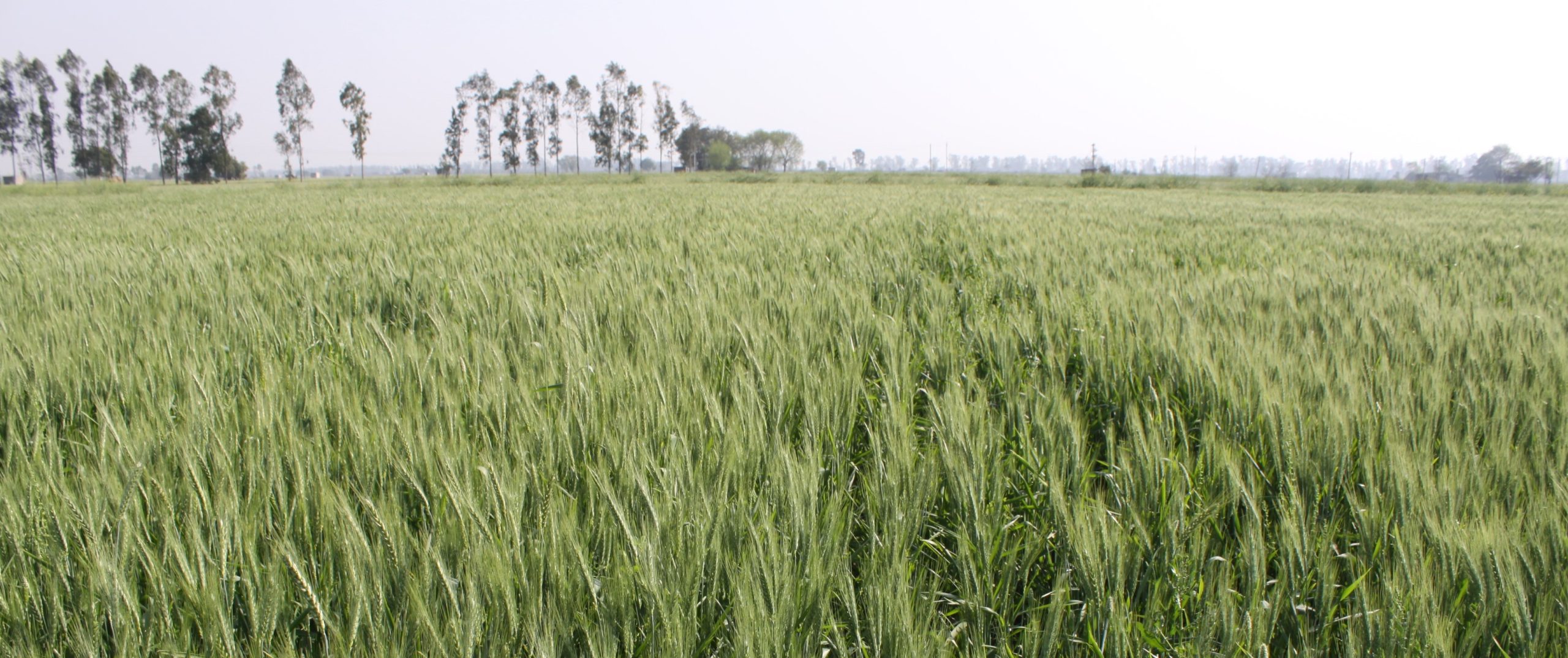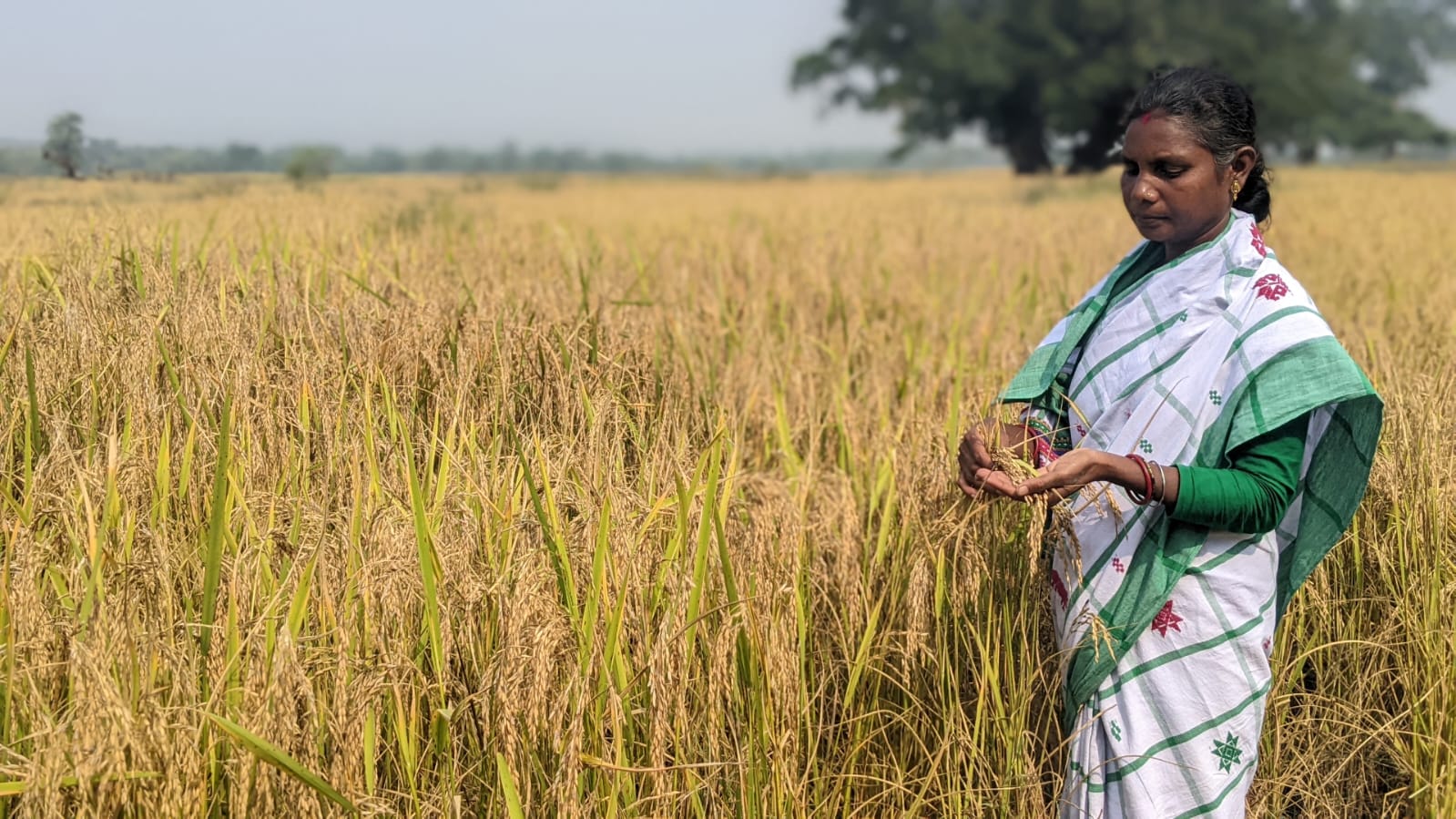
Agriculture is one of the sectors most affected by droughts, which can last for months or even years. In Bihar, where rain-fed agriculture is the primary source of livelihood for many, droughts can be devastating for rural farmers. The growing threat of climate change to crop production and farming practices calls for adopting alternative farming methods. In 2022-23, many districts in Bihar experienced drought conditions.
To better understand the impact of drought on crop production practices and farmers’ livelihoods, researchers from CSISA, a CIMMYT-led project, conducted a survey in Bihar during both the Kharif and Rabi seasons of 2022-23, the year of the drought. In the Kharif season, 518 farmers from 11 districts, 39 blocks, and 79 villages were surveyed, while 339 farmers participated in the Rabi season survey. The primary goal of this data collection was to assess the impact of drought on agricultural practices and provide evidence to guide policy and decision-making processes.
The survey collected data on 123 variables related to rice production, including land preparation, cropping patterns for 2022 and 2021, crop establishment methods, irrigation management, fertilizer application, and weed management. Farmers also shared their perceptions of how the drought had altered their rice production practices and affected their livelihoods compared to the previous year.
For many farmers, the experience of the drought was harsh. Magni Singh from East Champaran reflected on the challenges: “This year (2022), the drought hit us hard. I could only plant paddy on a small piece of land, but with no rain, there was not much harvest. Our fragmented land makes efficient irrigation almost impossible, and relying on rain feels like gambling with each season. Farming in these conditions is becoming increasingly unsustainable.”
Similarly, Shanti Devi of Banka shared her struggles: “The season started with drought, and we struggled to get water to the crops. By the time the rain came, it was too late – it came during the harvest and damaged the crop. I couldn’t afford fertilizers in time, which made things worse. Every year, it feels like we’re battling both nature and rising costs.”
This drought impact assessment by CSISA is also valuable for further research, particularly for comparing rice production practices between drought and non-drought years. Such comparisons can help researchers and policymakers develop effective drought mitigation strategies tailored to farmers’ needs.

Read more about these livelihoods framework at Drought Impact Assessment in Bihar – August 2024https://acrobat.adobe.com/id/urn:aaid:sc:AP:66f00f6f-df17-4b13-9fee-2e0050de12ea
For further research and analysis, primary data from the survey can be accessed at CIMMYT data verse

 Capacity development
Capacity development 